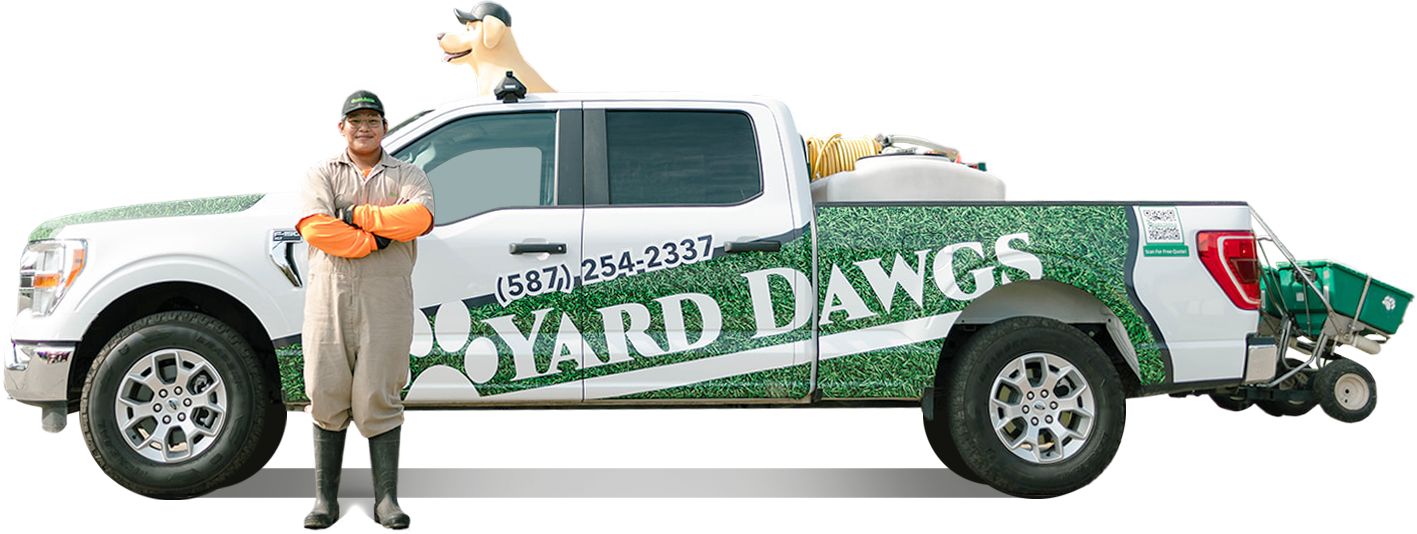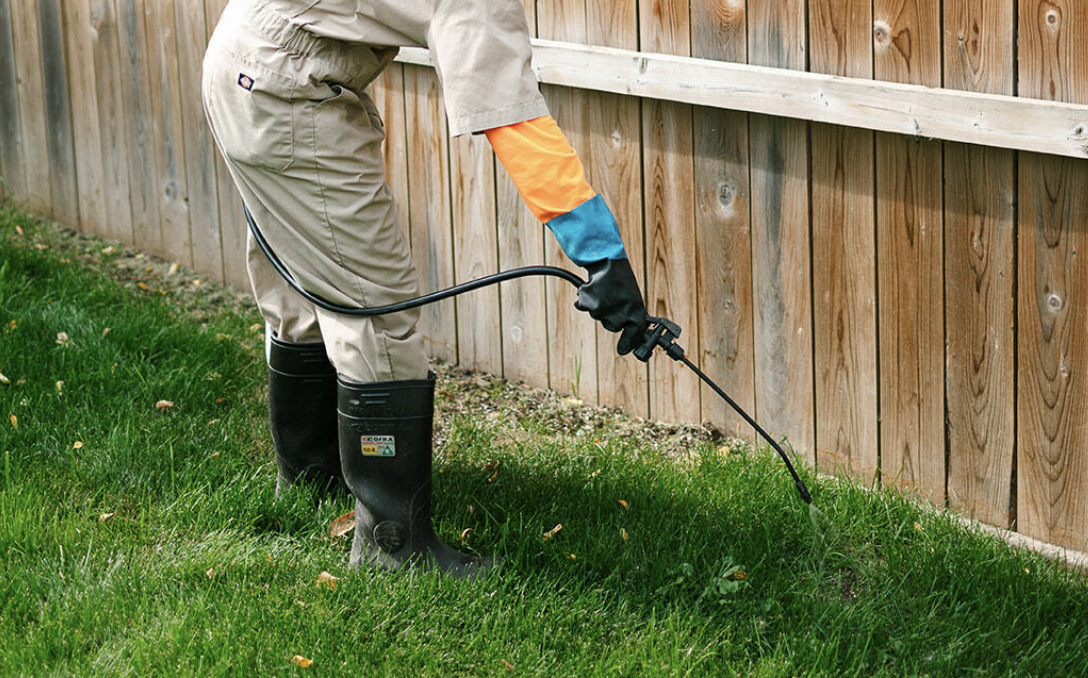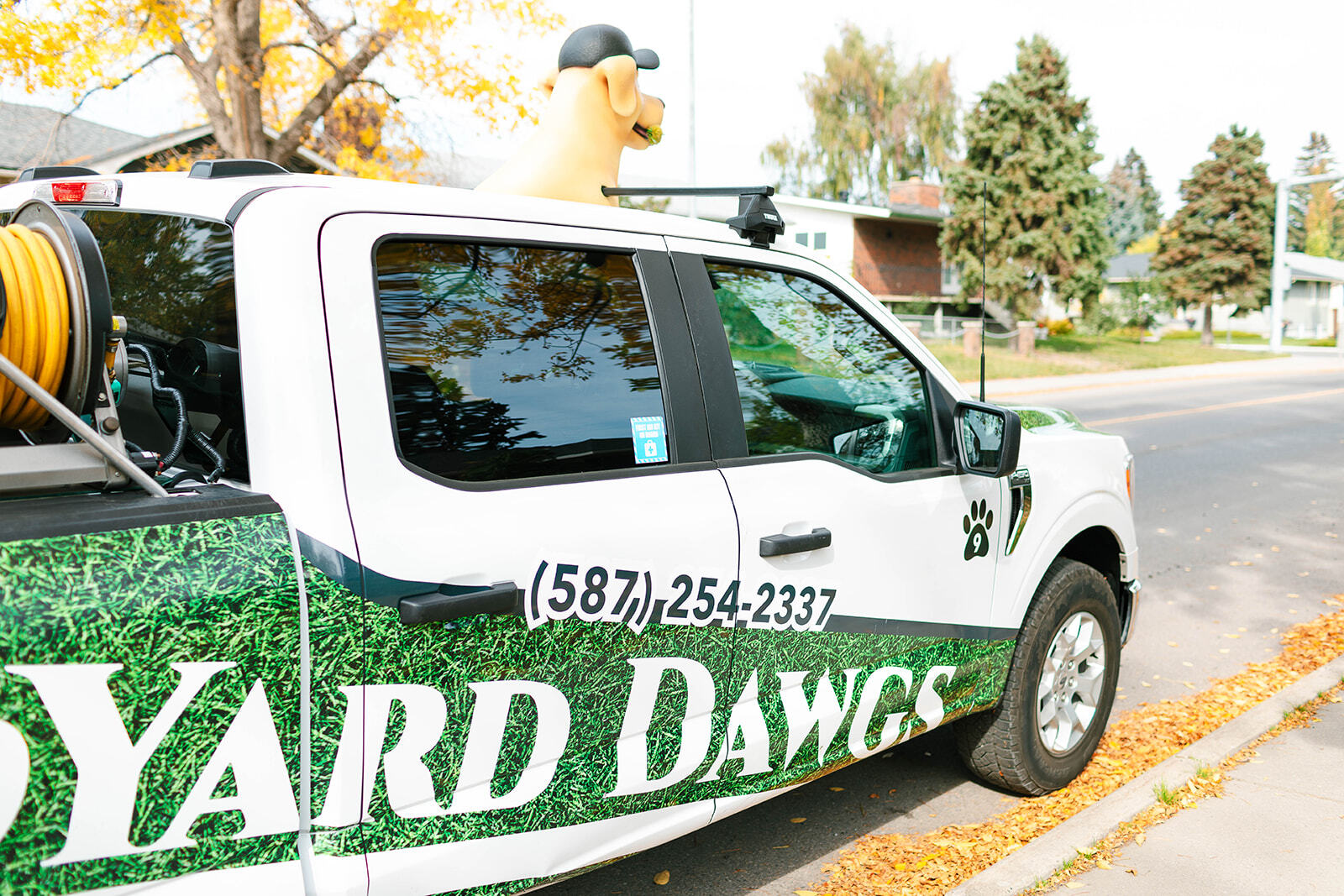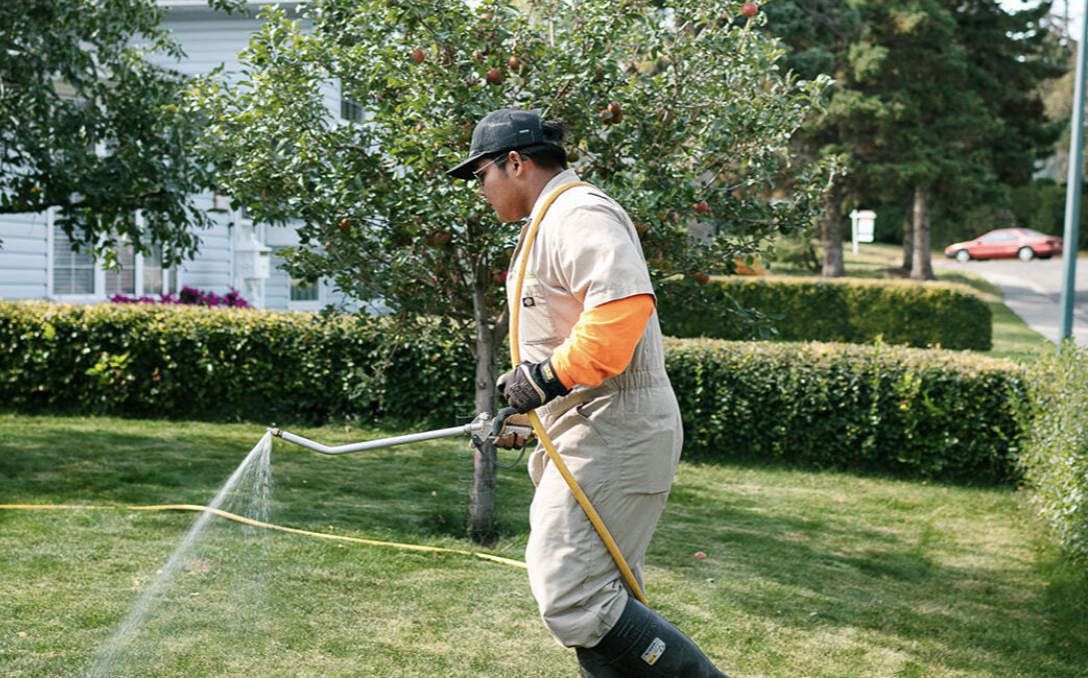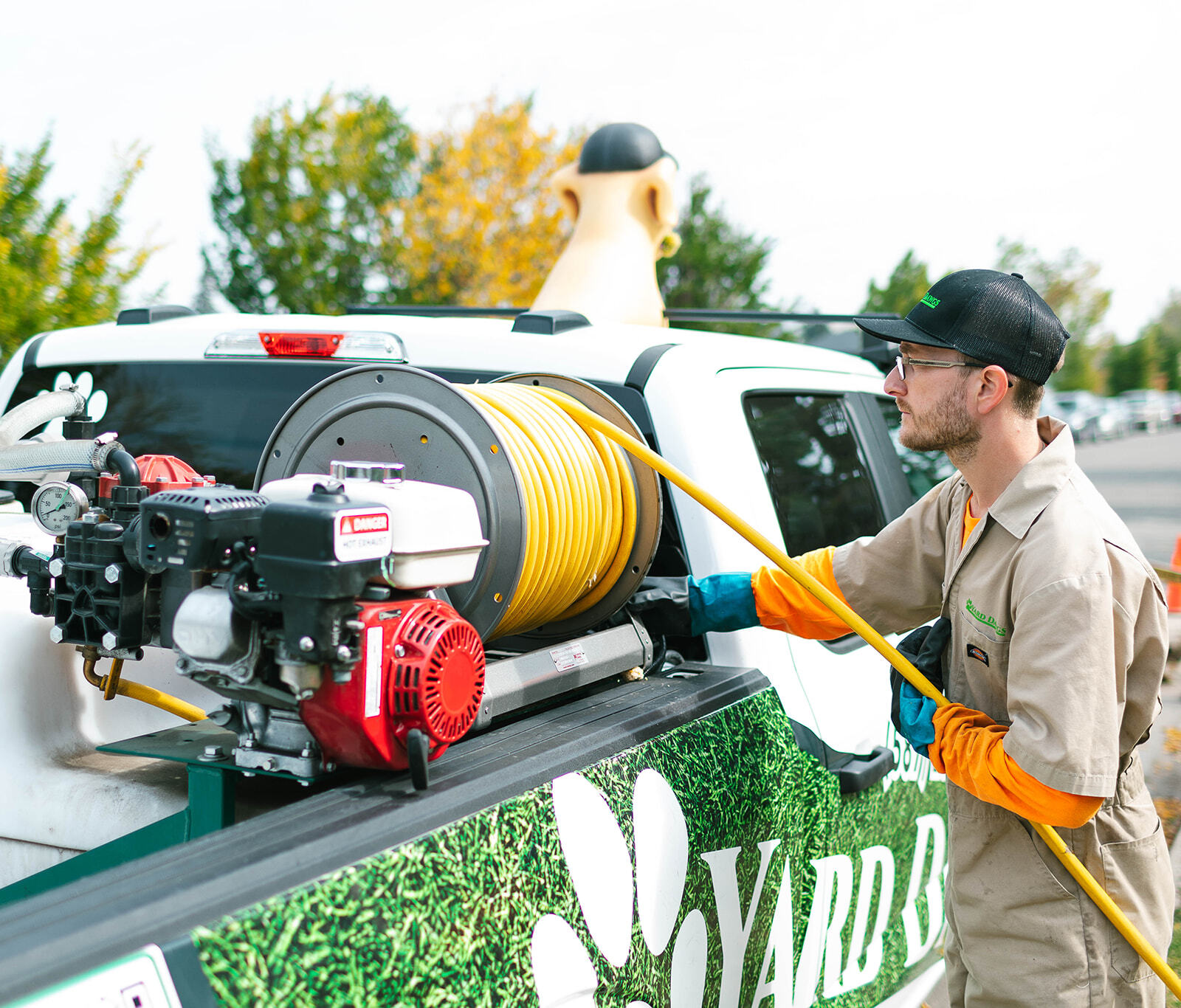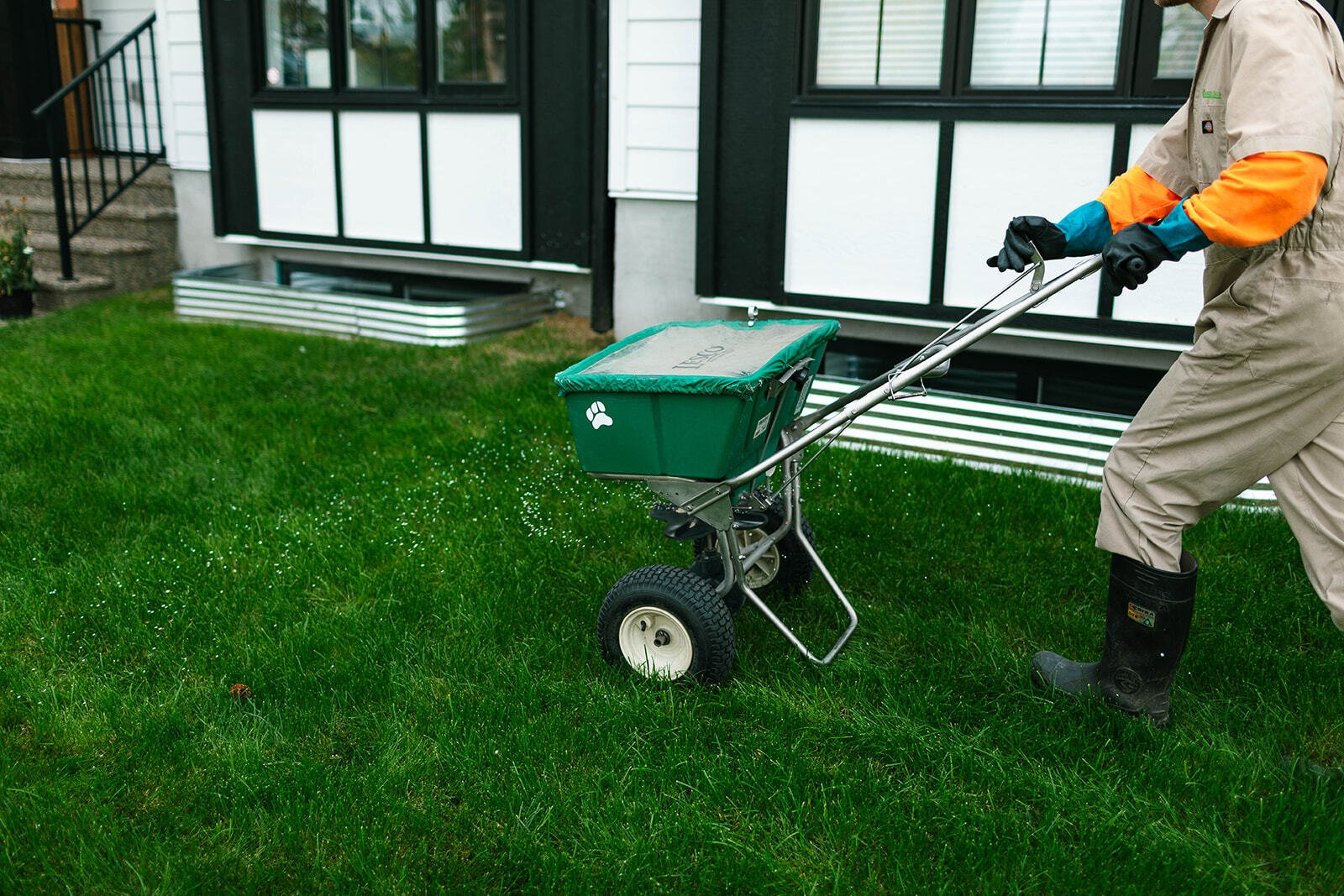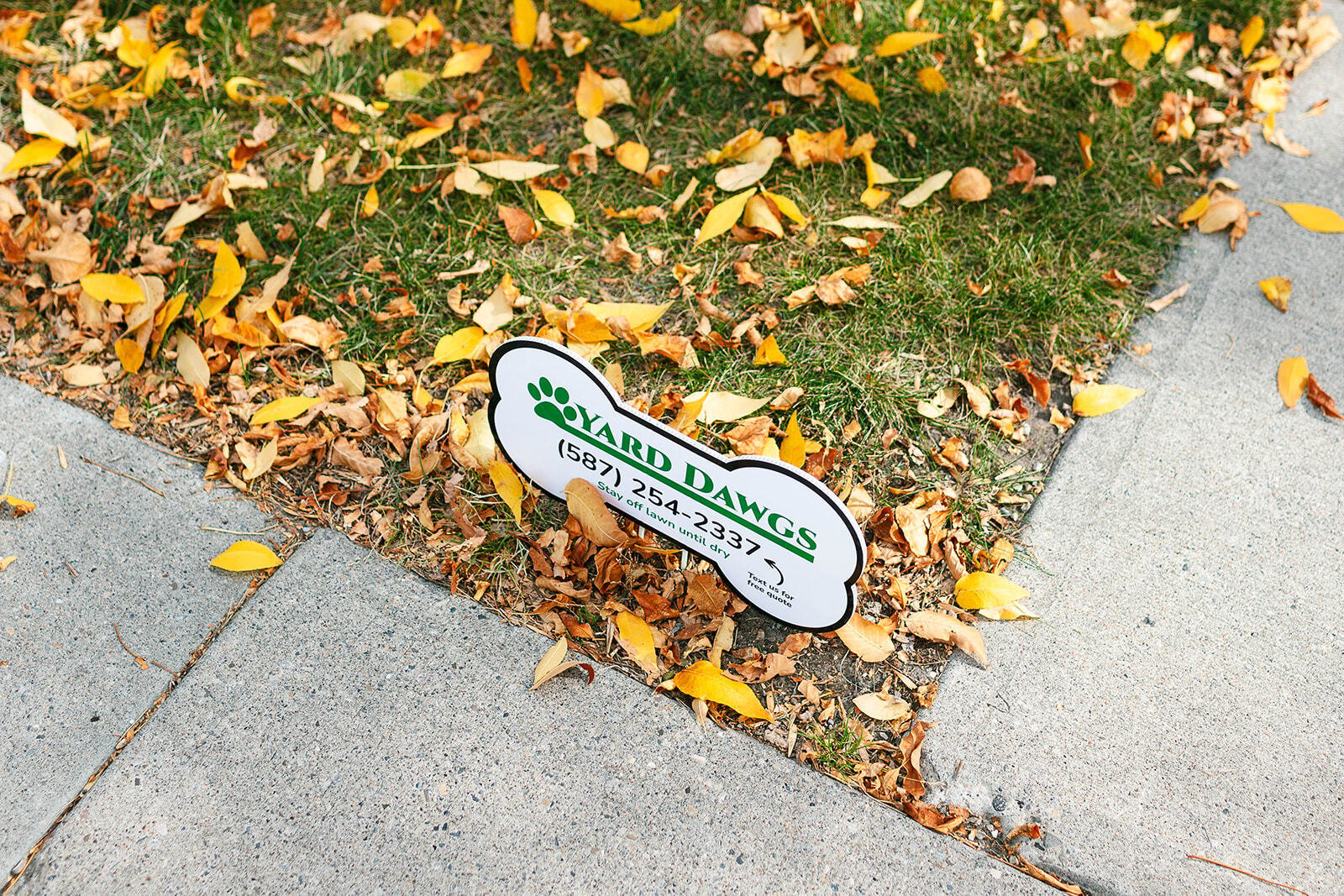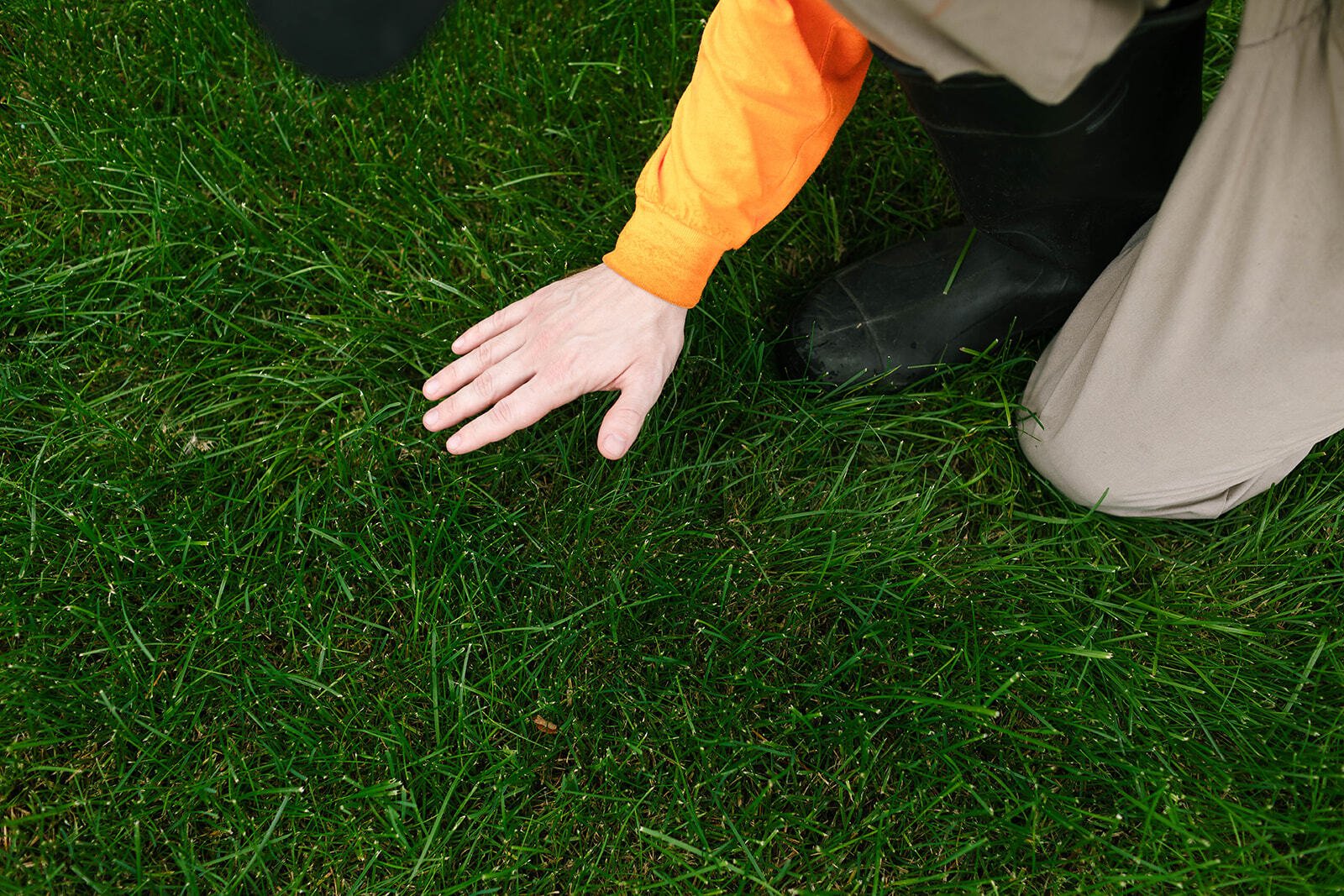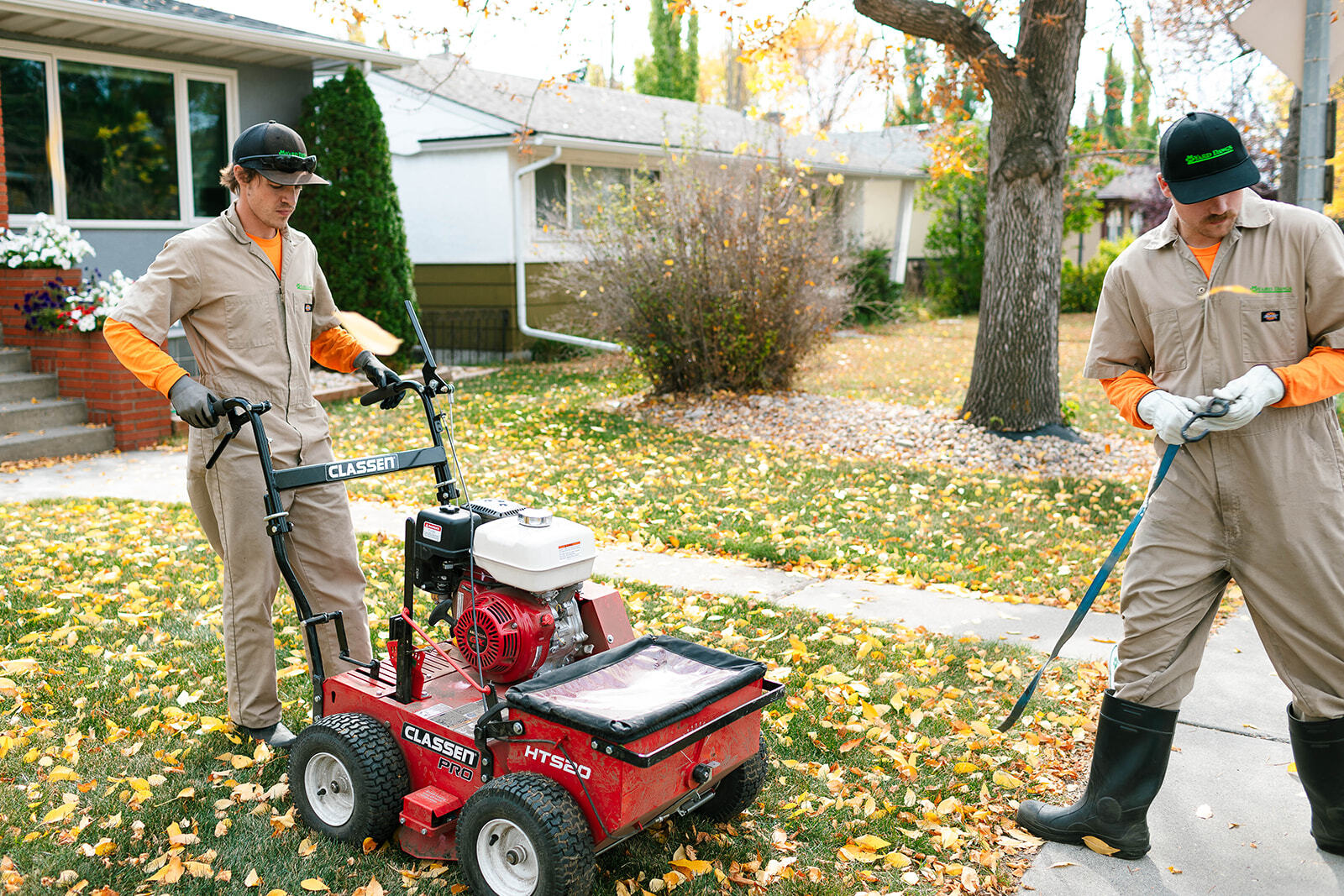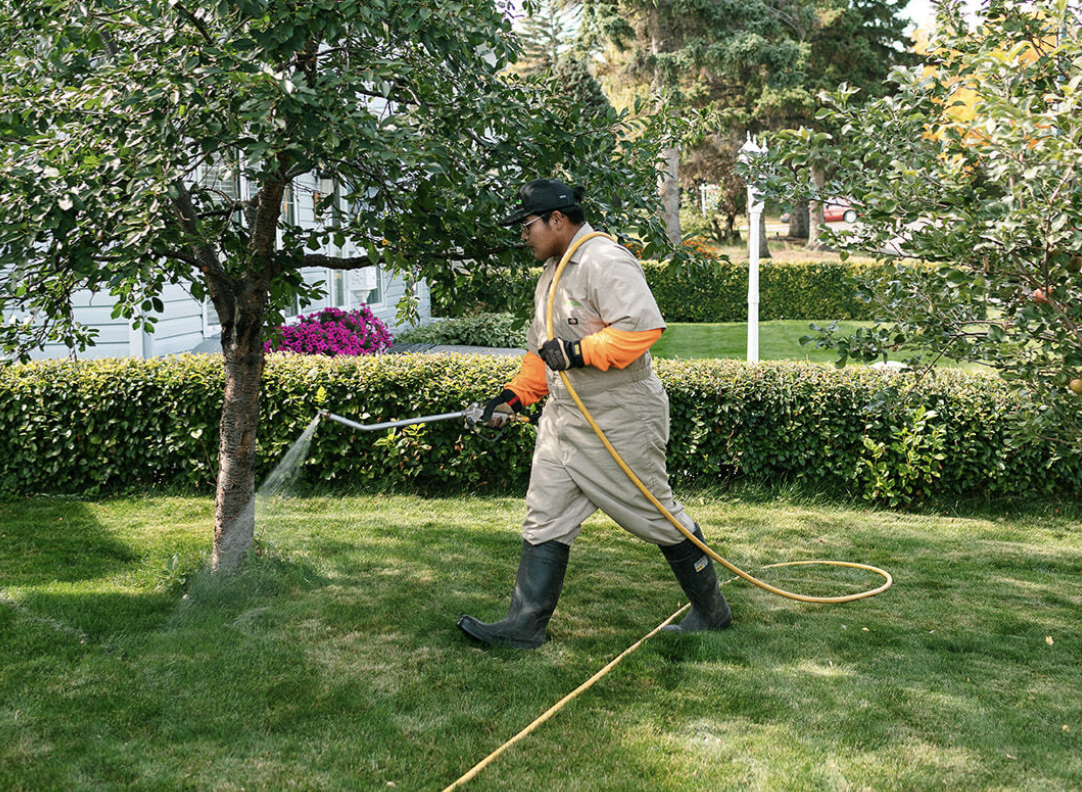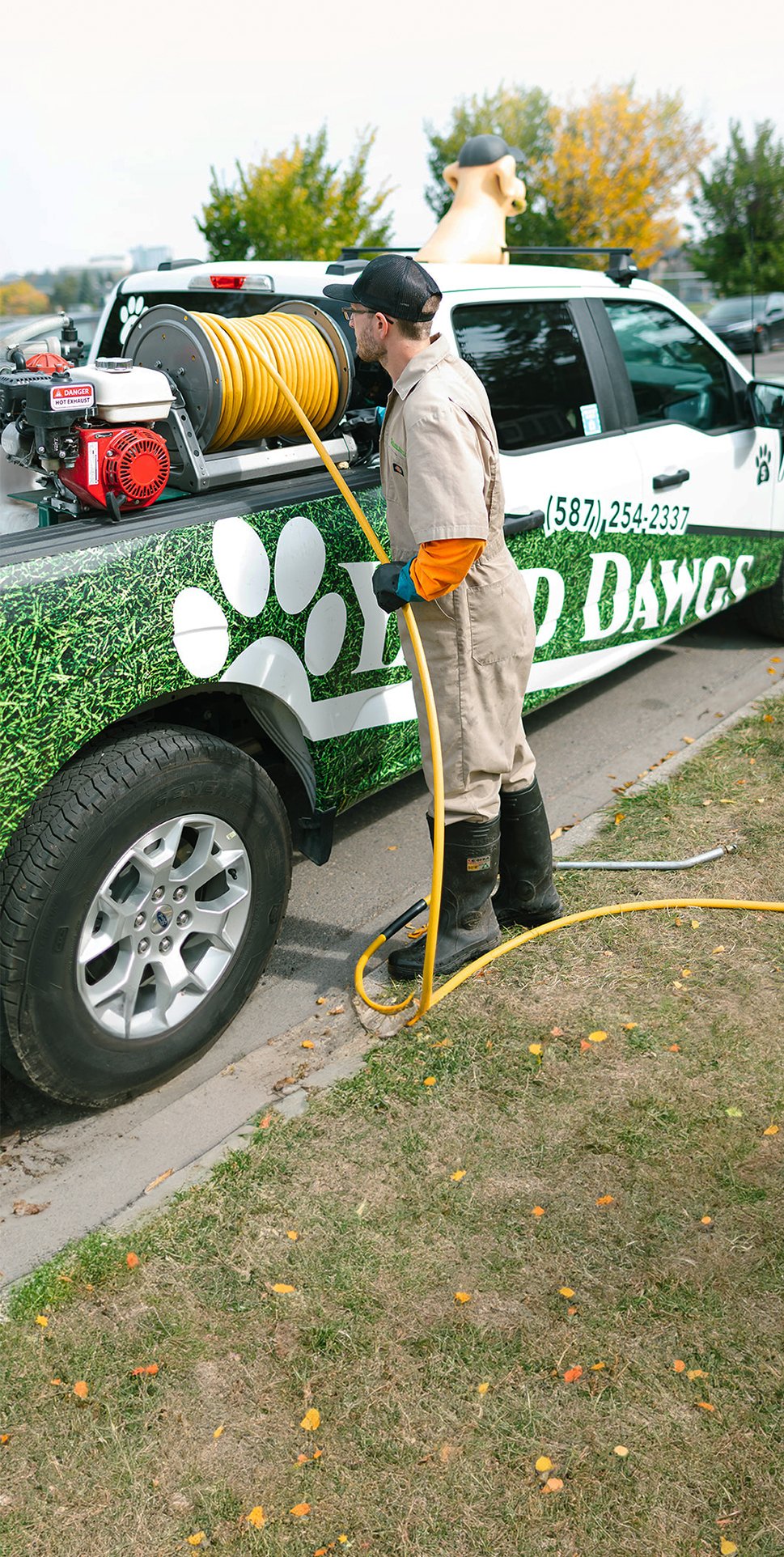Keeping your lawn healthy in Saskatoon’s ever-changing climate requires a strategic, season-long approach. From snowy winters to hot summers, each month presents unique lawn care tasks that help maintain a lush, green yard.
This month-by-month guide will walk you through essential lawn care practices tailored to Saskatoon’s weather, ensuring your grass stays strong and vibrant all year long.

Importance of Following Month-by-Month Lawn Care Recommendations
We all understand that it is crucial to follow certain lawn care recommendations to enhance curb appeal and ensure your lawn’s health all year round. However, not everyone knows the importance of acknowledging that your lawn has different needs based on the month and season, especially in areas such as Saskatoon.
- Helps your lawn adapt to seasonal changes by providing the right care at the right time, ensuring year-round health and resilience.
- Prevents common lawn issues like weed overgrowth, soil compaction, and disease by addressing them proactively each month.
- Maximizes growth and efficiency by using proper fertilization, watering, and maintenance strategies suited to each stage of the year.
Month-by-Month Tips for Lawn Care in Saskatoon
Saskatoon’s climate presents unique challenges for lawn care, with harsh winters, unpredictable springs, and warm but short summers. To maintain a lush and healthy lawn, it’s important to follow a month-by-month lawn care routine tailored to each season’s demands. Below is a detailed guide on what to do each month to keep your lawn in top shape year-round.
January
While your lawn is covered in snow, winter care is still essential to prevent damage and prepare for spring growth.
- Avoid walking on frozen grass to prevent soil compaction and root damage.
- Keep heavy snow piles from accumulating in one spot to reduce the risk of ice damage.
- Plan for the upcoming lawn care season by assessing past issues and gathering necessary supplies.
February
With winter still in full swing, small preparations can set the stage for healthier grass in the warmer months.
- Monitor for ice buildup and gently break up thick layers to prevent suffocation of the grass.
- Inspect your lawn for signs of vole or rodent damage and take preventive measures.
- Begin researching fertilizers and weed control treatments for early spring application.
March
As temperatures start to rise, early preparations will help ensure a smooth transition into spring.
- Clear away any debris, branches, or leftover ice to allow sunlight to reach the soil.
- Avoid heavy raking or aeration until the ground has fully thawed to prevent root damage.
- Start planning early spring overseeding or fertilization based on your lawn’s condition.
April
Spring lawn care begins as the snow melts and new growth starts to emerge.
- Lightly rake to remove dead grass and break up thatch buildup without damaging new shoots.
- Test soil pH to determine if lime or other amendments are needed for optimal growth.
- Apply a slow-release nitrogen fertilizer to encourage healthy early growth.
May
With growing conditions improving, this is a crucial month for establishing a strong lawn.
- Overseed bare patches and ensure consistent watering to support seed germination.
- Begin regular mowing, keeping the grass at a height of around 2.5 to 3 inches.
- Apply a pre-emergent weed control treatment to prevent weeds from taking over.
June
Summer is approaching, and maintaining moisture levels is key to preventing stress.
- Water deeply but infrequently, aiming for about 1 to 1.5 inches per week.
- Monitor for pests like grubs and apply treatments if necessary.
- Continue mowing regularly, ensuring you don’t remove more than one-third of the grass blade at a time.
July
The peak of summer can bring heat stress, requiring careful maintenance.
- Water in the early morning to reduce evaporation and ensure deep root absorption.
- Raise mowing height slightly to provide shade and protect roots from heat damage.
- Apply a mid-season fertilizer to maintain color and strength.
August
Late summer maintenance helps prepare the lawn for the transition into fall.
- Keep up with deep watering and adjust frequency based on rainfall levels.
- Watch for signs of fungal disease due to humidity and apply fungicide if needed.
- Plan for early fall aeration to relieve soil compaction and improve root growth.
September
Cooler temperatures signal the start of fall lawn restoration.
- Aerate the lawn to promote deeper root growth and improve nutrient absorption.
- Overseed to fill in any thin or bare spots before winter arrives.
- Apply a fall fertilizer rich in potassium to strengthen the lawn for colder months.
October
Preparing for winter now will ensure a healthier lawn in the spring.
- Gradually lower mowing height to prevent snow mold while keeping the grass strong.
- Rake up fallen leaves to prevent suffocation and mold buildup.
- Apply a final winterizing fertilizer to support root health during dormancy.
November
As winter approaches, the final preparations will protect your lawn from harsh conditions.
- Remove any remaining debris and heavy leaf piles to prevent pest infestations.
- Avoid walking on the lawn once frost sets in to prevent grass damage.
- Store lawn care tools and service equipment properly for the next season.
December
While there’s little active lawn care this month, staying prepared for spring is key.
- Monitor snow levels and avoid piling snow in one area to prevent ice damage.
- Take note of any problem areas to address once the growing season begins.
- Begin planning your spring lawn care schedule and stocking up on necessary supplies.
Following these month-by-month recommendations will help your lawn thrive despite Saskatoon’s challenging climate, ensuring year-round health and beauty.
Get Customized Lawn Care Plans and Services at Yard Dawgs
For a healthy, vibrant lawn year-round, trust Yard Dawgs for expert lawn care tailored to Saskatoon’s unique climate. With customized plans and professional services, we handle everything from seasonal maintenance to specialized treatments. To get the best care for your lawn, contact Yard Dawgs today.


